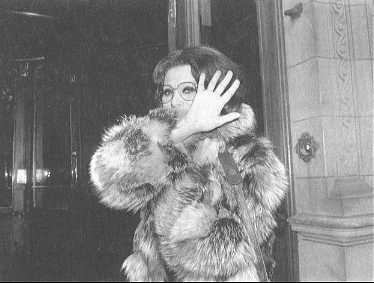Hence the advertisements placed not only in
the Scotsman, but in the Daily Telegraph, London, the New York Herald, Figaro in Paris and
Cavio in Eqypt. Hence the grand tour of the best hotels in Europe before the architect W.
Hamilton Beattie even submitted his first linen-bound, water-coloured plans to Edinburgh
Corporation. First Wieland went to see the Metropole Hotel in Brighton then, in 1895, led
his hotel committee on a grand tour of the great hotels of Europe. After staying at the
Hamburgher Hof in Hamburg, the Central, Savoy and Bristol in Berlin, the Imperial and
Bristol in Vienna, the Hotel Hungaria and the Royal in Budapest as well others in Paris,
Amsterdam and Brussels, the committee reported back "no improvement on hotels in this
country" and kitchens far inferior to the newest in Edinburgh. What Wieland learned
from the tour, however, was the importance of grand banqueting halls to bring winter
business. Generations of Edinburgh civic receptions, balls and weddings have proved him
right.

Sophia Loren: Stars could shine or remain unseen
As Mr Murray had feared the hotel was to be a
sumptuous place, but he could not have predicated the enormous range of expenses - from
lighting (and winding) the clock to advertising in railway carriages. There were some
economies: Professor Barr from Glasgow University designed the electrical system so that
only one light at a time would go on in the bedrooms no matter how many switches were
pressed.
The Caledonian was always breathing down
Wieland's neck. He set himself a four year task of stocking the hotel cellars with the
best of champagne, hocks, ports and whiskey, reporting regularly to the committee on his
progress with the ever present goal that "30,000 to 40,000 quarts of champagne are
said to be used annually in the Caledonian Company's Central Station in Glasgow".
Ironically for both Caledonian and North British
Railway Companies by far the greatest publicity went to the opening of a different
building. The City Hospital, opened by King Edward VII in May 1903, was a great symbol of
progress in a city where, no more than five minutes walk from the North British, people
lived in squalor and died from disease. Almost half the city population lived in two room
flats and were lucky if they shared a water closet on the stair landing. But the North
British with 300 bedrooms, 52 bathrooms and 70 lavatories and a constant circulation of
fresh air was aimed instead at wealthy landed families who were constantly on the move
between summer and winter residences, taking whole households as they went.
Hotel porters in red jackets met guests off the
train and took them by lift direct from station booking hall to a reception desk in the
basement of the hotel. Another lift whisked them up to the entrance hall, the Palm Court
and beyond to the bedrooms. For guests: bedrooms furnished in mahogany, leather and
crimson moquette. For their servants: walnut upholstered in hair and hardcloth.
The soothing rhythms of Edwardian society are
recorded in old hotel leaflets and leather bound statements of accounts. In a world of
well-ordered priorities the bill for plants and flowers exceeded that for gas, travelling
salesmen were entertained in the "Commercial" lounge and billiards and smoking
rooms were placed at a discreet distance to avoid discomfort to ladies. The minutiae
listed in the inventory of furnishings is awesome, from japanned dishes to catch drips
from fire hydrants to bath thermometers in lacquered cases, from satin bed covers to white
cotton gloves for staff, from pincushions to a silver burnishing machine. And for whose
use were the 24 enameled spittoons?
Not surprisingly years passed before the hotel
and grill room made a profit, despite enough visitors to keep busy two reception desks,
But the year before the Great War, from £63,084 4s 7d of "business done" and
gross profit of £38,641 18d 10d, the hotel recorded net profit of £7,766 4s 6d. In those
gilded days guests sat down to menus written entirely in French. On 13 Juillet 1913 the
choice included Omelette Paysanne, Qurtier d'Agneau Roti and Pouding à la Semoule.
 Next
Page Next
Page
|

